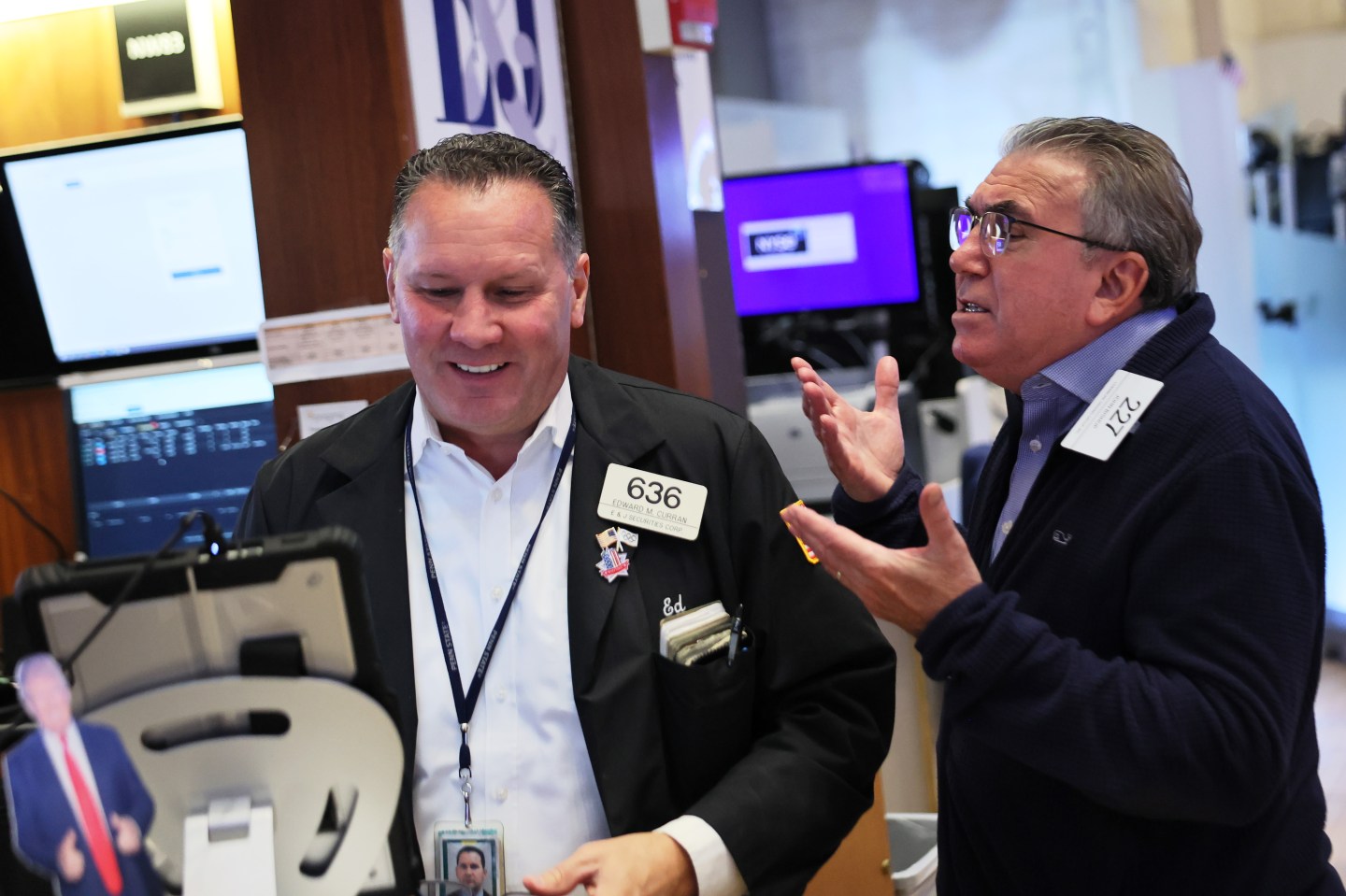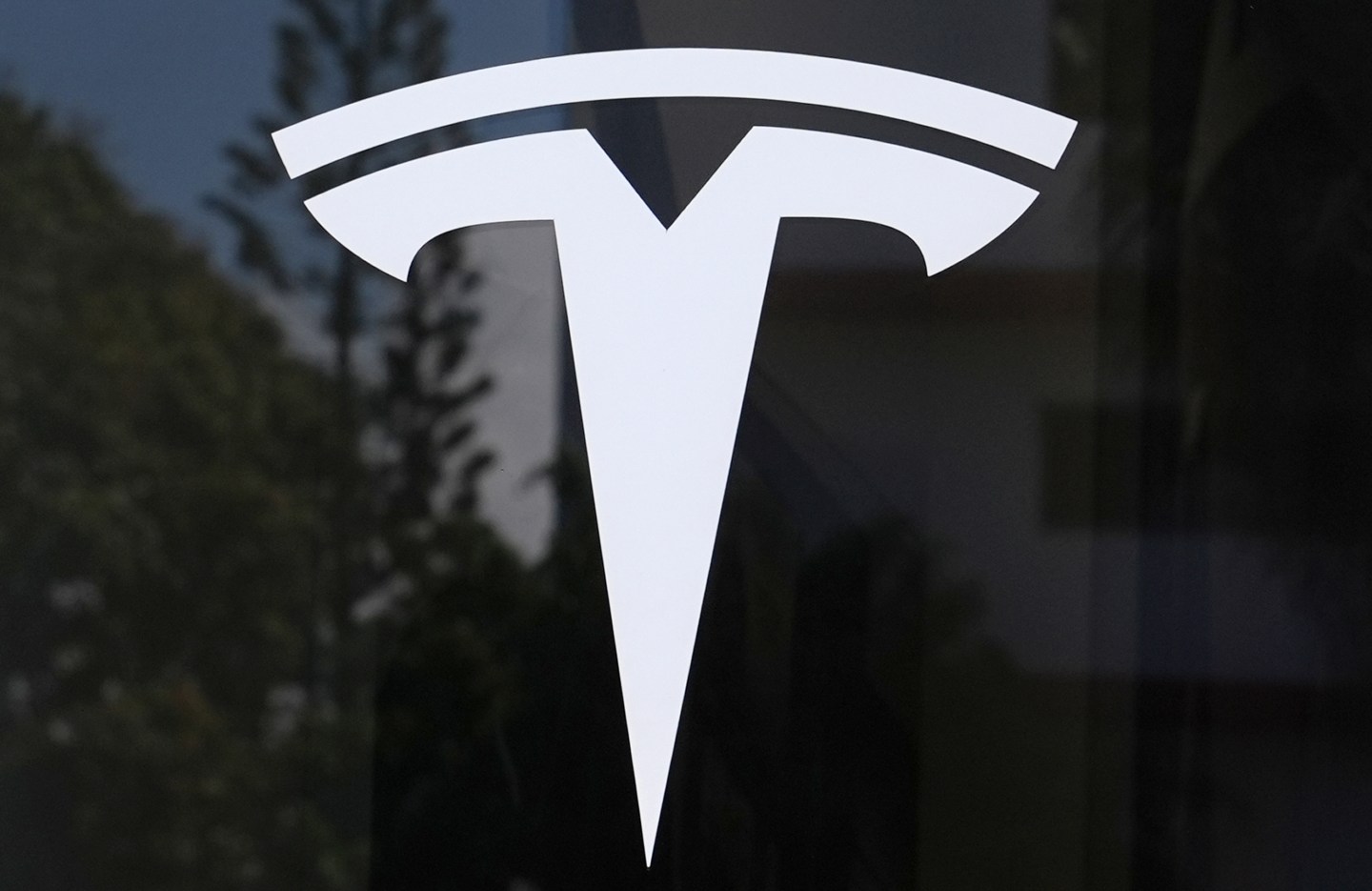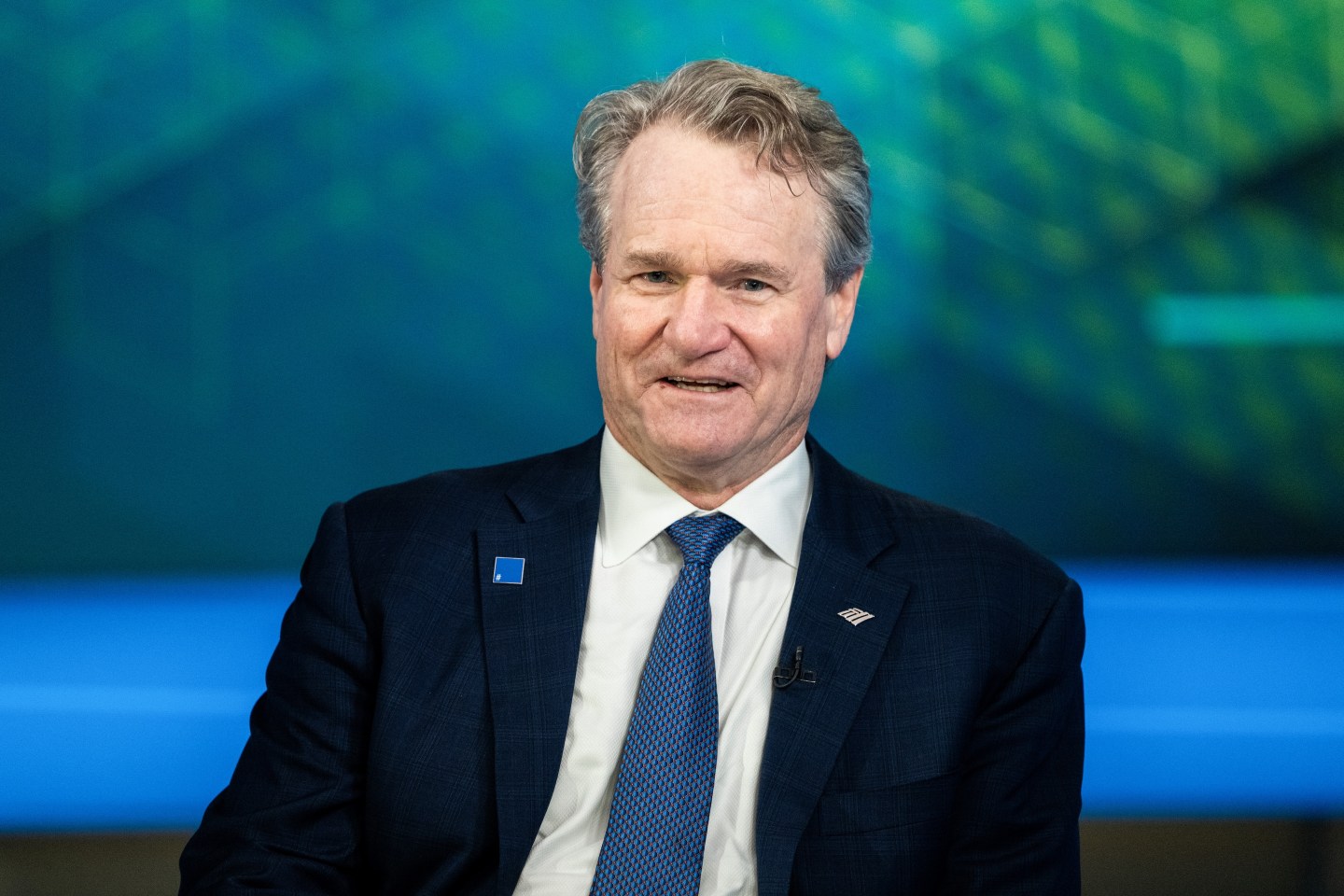Sell-side strategists, who have rushed to upgrade their stock targets ever since the market rebounded from its early-year slide, keep underestimating the rally’s strength.
The record-setting advance has pushed the S&P 500 Index nearly 3% above the average year-end forecast among those tracked by Bloomberg, which currently stands at 6,486. Only in 2024 and 1999 have the calls lagged the market’s actual return so much around this time of the year.
The gap underscores what a vexing spell it has been for Wall Street soothsayers as equity prices have surged past worries about President Donald Trump’s trade war and signs of a cooling in the US economy.
Those factors have been overshadowed by surprisingly strong profit growth, enthusiasm for the Big Tech companies that are capitalizing on breakthroughs in artificial intelligence, and — more recently — the prospect of further interest-rate cuts from the Federal Reserve.
As a result, strategists at Goldman Sachs Group Inc., Deutsche Bank AG and other firms have been struggling to keep up, with many boosting their outlooks repeatedly since the S&P 500 staged a surprisingly strong recovery from the drop unleashed by Trump’s tariff rollout earlier this year.
“Analysts have a tendency to be conservative going into earning season, but they were particularly conservative this time, and I think the same goes for strategists,” said Wall Street veteran Ed Yardeni of eponymous firm Yardeni Research. “I’ve been a cheerleader for the resilience of the economy, and even I’ve been surprised that earnings — profit margins — haven’t really flinched in the face of Trump’s tariffs.”
Earnings growth estimates have been steadily advancing since July, giving equity investors yet another reason for optimism. Analysts now expect S&P 500 500 profits to grow 9.4% this year, up from 7.1% shortly after Labor Day, according to Bloomberg data.
Yardeni himself lifted his year-end expectations for the S&P 500 to 6,800 from 6,600 earlier this month and has acknowledged he’s had to revise his forecast this year more often then ever before. He also assigned a 25% probability that the US stock gauge could experience a “meltup” to 7,000 by 2025’s close — and sees the odds increasing if the Fed keeps reducing borrowing costs. The 500-member gauge advanced 0.1% at 9:53 a.m. in New York.
There are plenty of reasons that strategists have been hesitant to push their forecasts too far. The S&P 500 has already posted a 34% surge off of April’s lows, bringing its valuation multiple to the highest since the pandemic. And it’s still far from clear how the tariffs will ultimately affect the growth and inflation outlook.
But the market’s steady advance has effectively revived some of the optimism that Wall Street forecasters had heading into this year, when they were predicting that S&P 500 would rise some 13%. After Trump’s chaotic trade-war upended the outlook, it had been knocked down by May to project just a 2% gain, the steepest drop since the start of the pandemic in 2020. In June, as equities extended the rebound, they were marking their estimates up again.
“What we have been surprised by is the unrelenting nature of the advance, without any material pullback at all,” said Julian Emanuel, chief equity and quantitative strategist at Evercore ISI. His year-end S&P 500 forecast stands at 6,250 after bumping, and he recently said he sees the benchmark climbing to 7,750 by the end of 2026. It closed just shy of 6,700 Monday.
The Fed’s decision last week to start cutting interest rates again after a nine-month pause has been the latest cause for optimism that the advance has some staying power.
There have been 16 instances in the past half century that the Fed has reduced borrowing costs while the S&P 500 was within 1% of a record high — as was the case last week, according to data from Barclays Plc. Each time, stocks were higher one year later.
Moreover, with the economy still growing — and the Fed showing a willingness to address the slowdown that’s started to pinch low-income householders and small companies — US stocks are experiencing “the best of both worlds,” according to Max Kettner, chief multi-asset strategist at HSBC Holdings Plc.
“This kind of policy setup is so rare and continues to argue for an aggressive risk-on stance,” he said.












